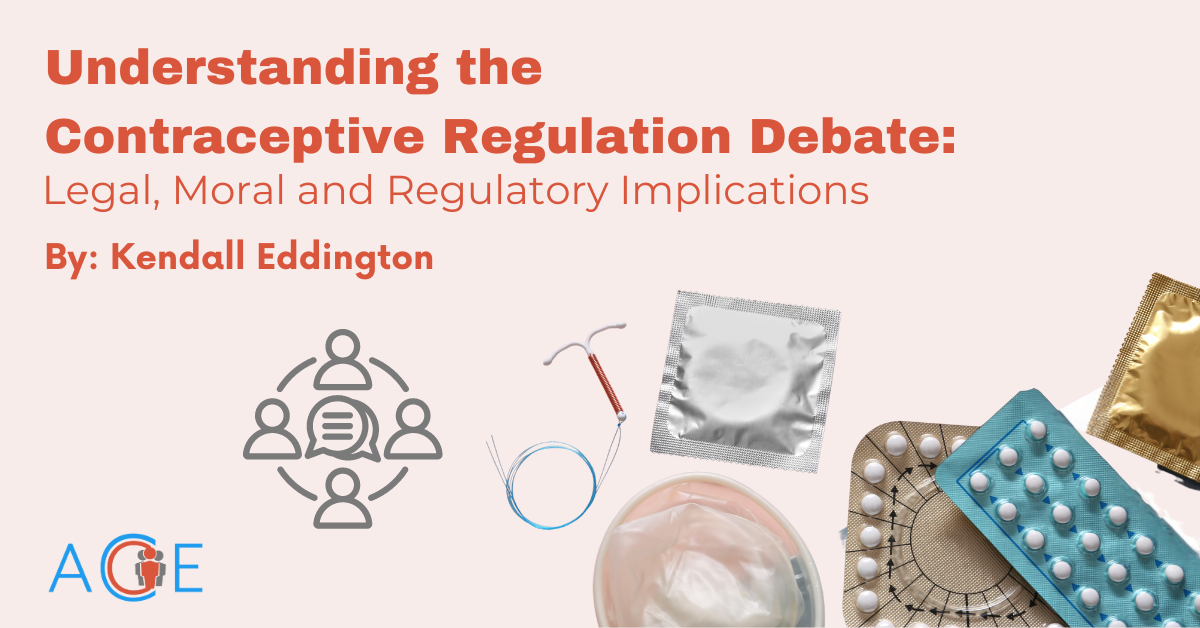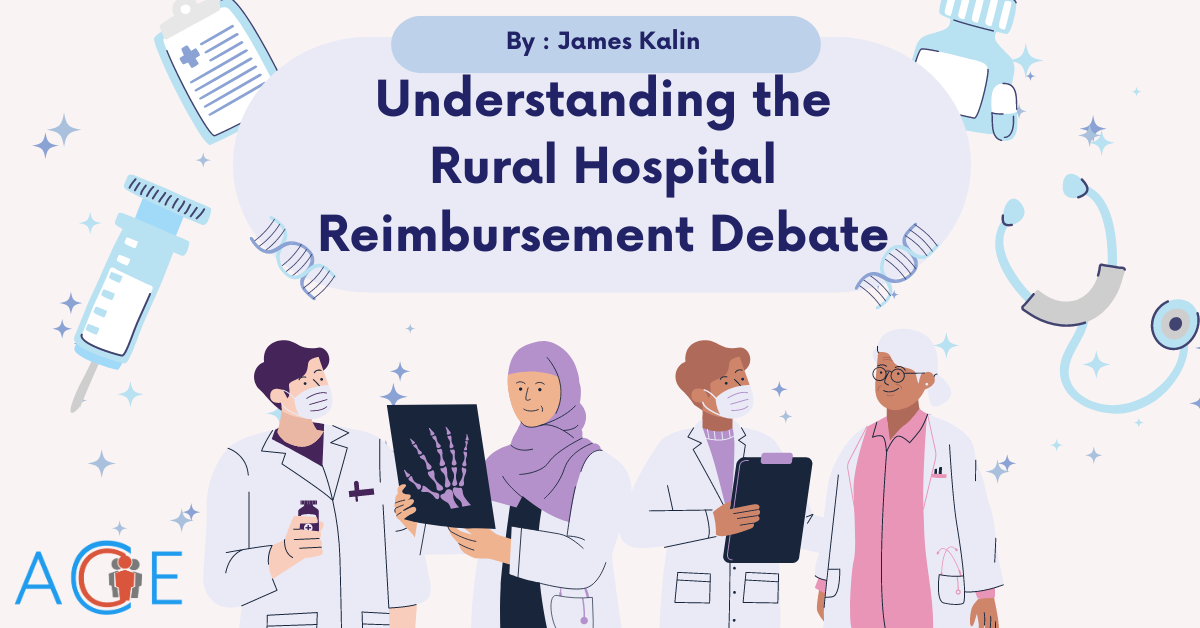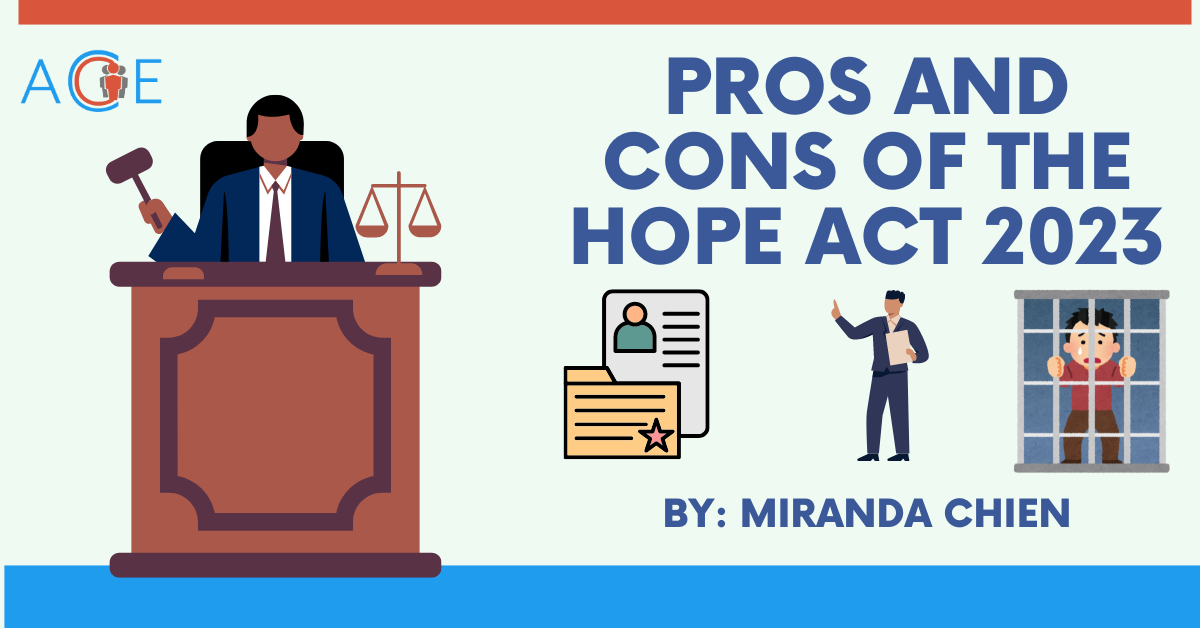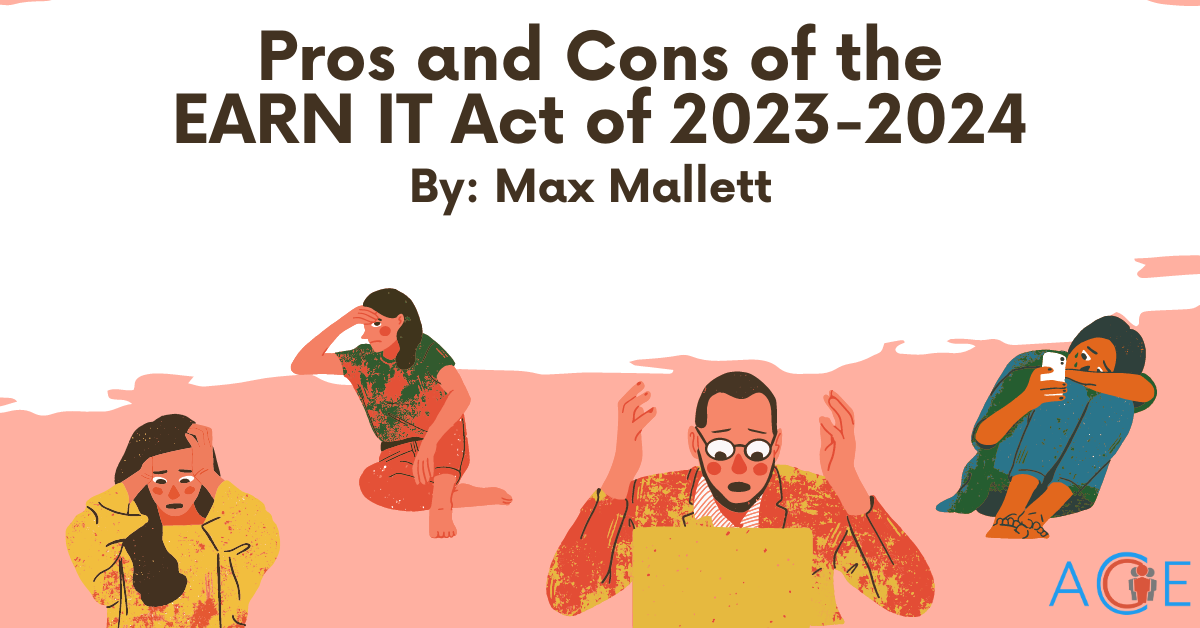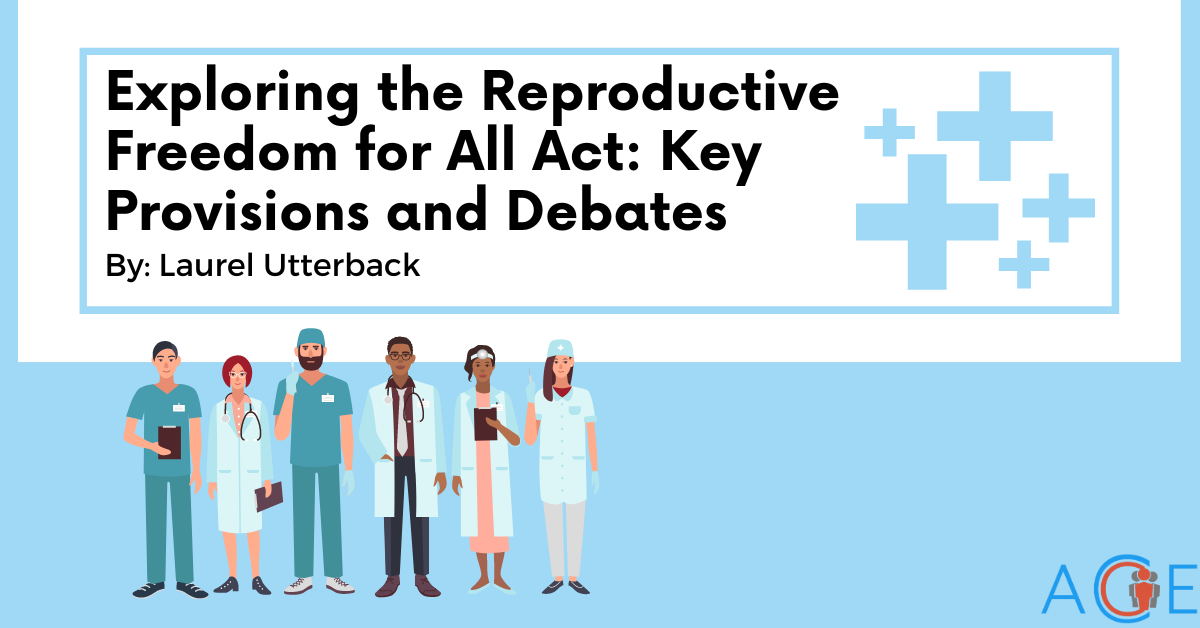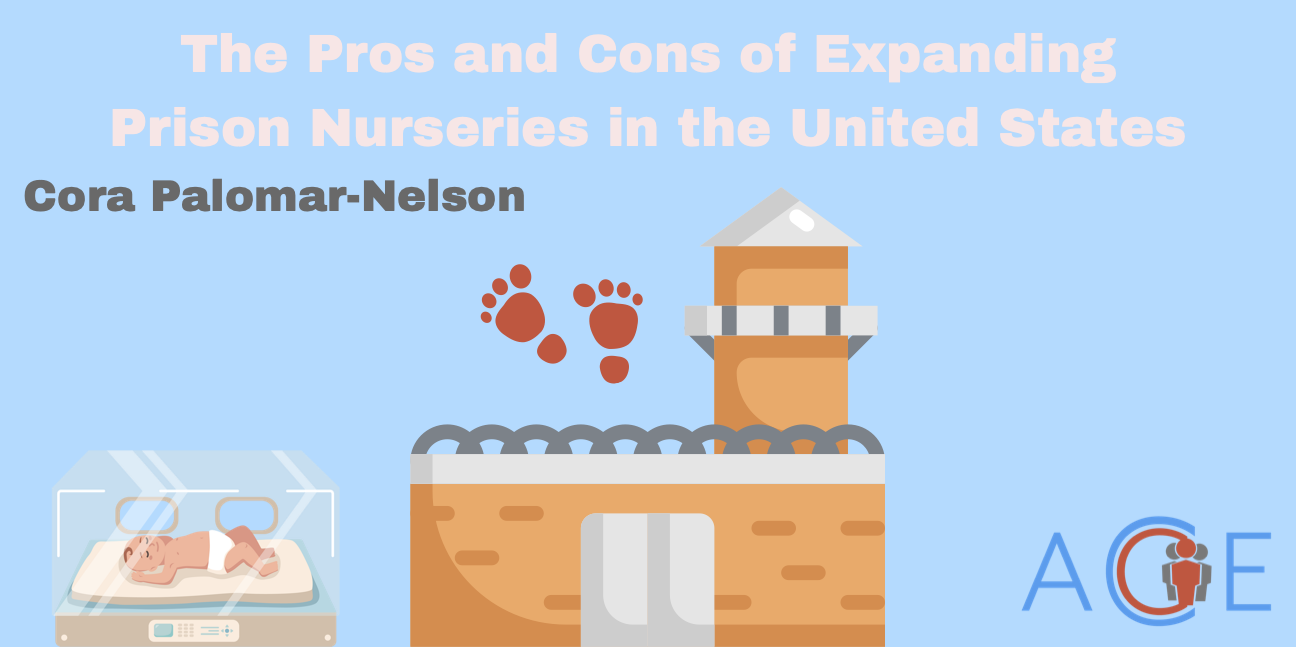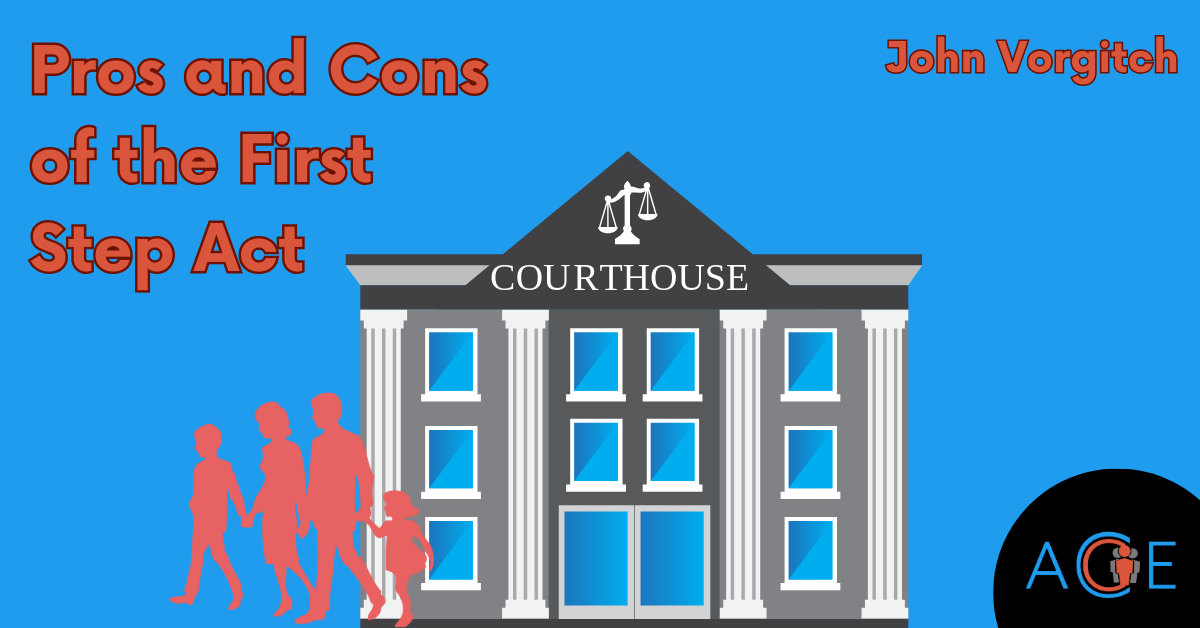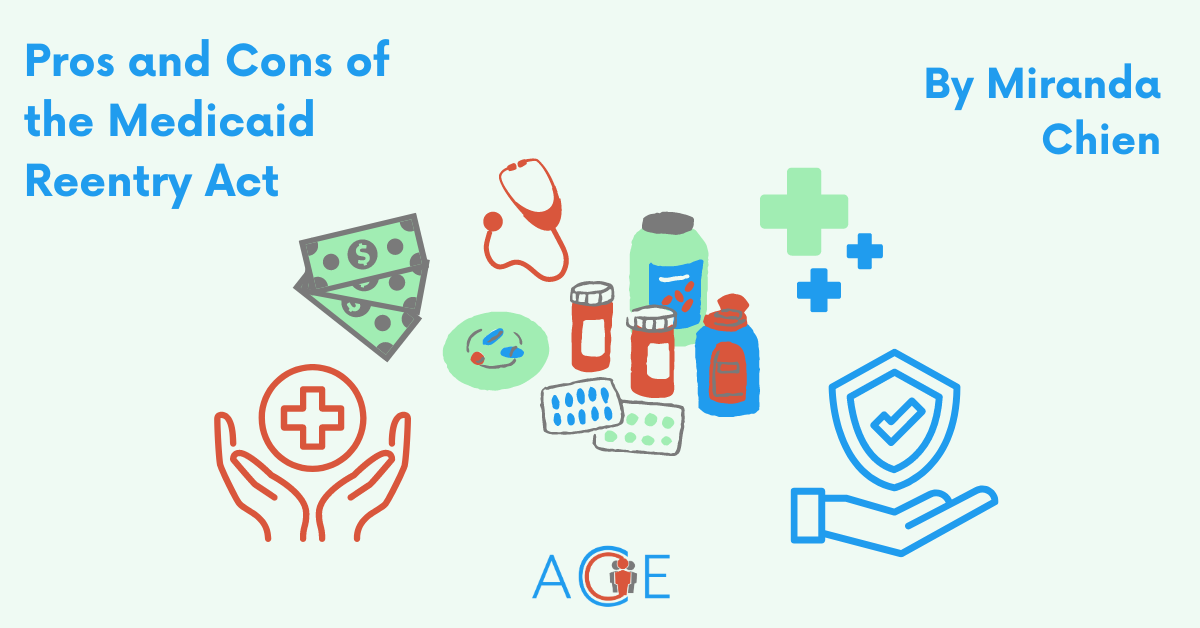Background
What is Artificial Intelligence?
Artificial intelligence, more commonly referred to as AI, encompasses many technologies that enable computers to simulate human intelligence and problem solving abilities. AI includes machine learning, which allows computers to imitate human learning, and deep learning, a subset of machine learning that simulates the decision making processes of the human brain. Together, these algorithms power most of the AI in our daily lives, such as Chat GPT, self-driving vehicles, GPS, and more.
Introduction
Due to the rapid and successful development of AI technology, its use is growing across many sectors including healthcare. According to a recent Morgan Stanley report, 94 percent of surveyed healthcare companies use AI in some capacity. In addition, a MarketsandMarkets study valued the global AI healthcare market at $20.9 billion for 2024 and predicted the value to surpass $148 billion by 2029. The high projected value of AI can be attributed to the increasing use of AI across hospitals, medical research, and medical companies. Hospitals currently use AI to predict disease risk in patients, summarize symptoms for potential diagnoses, power chatbots, and streamline patient check-ins.
The increased use of AI in healthcare and other sectors has prompted policymakers to recommend global standards for AI implementation. UNESCO published the first global standards for AI ethics in November 2021, and the Biden-Harris Administration announced an executive order in October 2023 on safe AI use and development. Following these recommendations, the Department of Health and Human Services published a regulation titled HTI-1 Final Rule, which includes requirements, standards, and certifications for AI use in healthcare settings. The FDA also expanded its inspection of medical devices that incorporate AI in 2023, approving 692 AI devices. While the current applications of AI in the health industry seem promising, the debate over the extent of its use remains a contentious topic for patients and providers.
Arguments in Favor of AI In Healthcare
Those in favor of AI in healthcare cite its usefulness in diagnosing patients and streamlining patient interactions with the healthcare system. They point to evidence showing that AI is valuable for identifying patterns in complex health data to profile diseases. In a study evaluating the diagnostic accuracy of AI in primary care for over 100,000 patients, researchers found an overall 84.2 percent agreement rate between the physician and the AI diagnosis.
In addition, proponents argue that AI will reduce the work burden on physicians and administrators. According to a survey by the American Medical Association, two thirds of over 1,000 physicians surveyed identified advantages to using AI such as reductions in documentation time. Moreover, a study published in Health Informatics found that using AI to generate draft replies to patient messages reduced burnout and burden scores for physicians. Supporters claim that AI can improve the patient experience as well, reducing waiting times for appointments and assisting in appointment scheduling.
Proponents also argue that using AI could significantly combat mounting medical and health insurance costs. According to a 2024 poll, around half of surveyed U.S. adults said they struggled to afford healthcare, and one in four said they put off necessary care due to the cost. Supporters hold that AI may be a solution, citing one study that found that AI’s efficiency in diagnosis and treatment lowered healthcare costs compared to traditional methods. Moreover, researchers estimate that the expansion of AI in healthcare could lead to savings of up to $360 billion in domestic healthcare spending. For example, AI could be used to save $150 billion annually by automating about 45 percent of administrative tasks and $200 billion in insurance payouts by detecting fraud.
Arguments Against AI in Healthcare
Opponents caution against scaling up AI’s role in healthcare because of the risks associated with algorithmic bias and data privacy. Algorithmic bias, or discriminatory practices taken up by AI from unrepresentative data, is a well-known flaw that critics say is too risky to integrate into already-inequitable healthcare settings. For example, when trained with existing healthcare data such as medical records, AI algorithms tended to incorrectly evaluate health needs and disease risks in Black patients compared to White patients. One study argues that this bias in AI medical applications will worsen existing health inequities by underestimating care needs in populations of color. For example, the study found that an AI system designed to predict breast cancer risk may incorrectly assign Black patients as “low risk”. Since clinical trial data in the U.S. still severely underrepresents people of color, critics argue that algorithmic bias will remain a dangerous feature of healthcare AI systems in the future.
Those against AI use in healthcare also cite concerns with data privacy and consumer trust. They highlight that as AI use expands, more corporations, clinics, and public bodies will have access to medical records. One review explained that recent partnerships between healthcare settings and private AI corporations has resulted in concerns about the control and use of patient data. Moreover, opponents argue that the general public is significantly less likely to trust private tech companies with their health data than physicians, which may lead to distrust of healthcare settings that partner with tech companies to integrate AI. Another issue critics emphasize is the risk of data breaches. Even when patient data is anonymized, new algorithms are capable of re-identifying patients. If data security is left to private AI companies that may not have experience protecting such large quantities of patient data against sophisticated attacks, opponents claim the risk of large-scale data leaks may increase.
Conclusion
The rise of AI in healthcare has prompted debates on diverse topics ranging from healthcare costs to work burden to data privacy. Proponents highlight AI’s potential to enhance diagnostic accuracy, reduce administrative burdens on healthcare professionals, and lower costs. Conversely, opponents express concerns about algorithmic bias exacerbating health disparities and data breaches leaking patient information. As the debate continues, the future of AI in healthcare will hinge on addressing these diverse perspectives and ensuring that the technology is developed responsibly.

